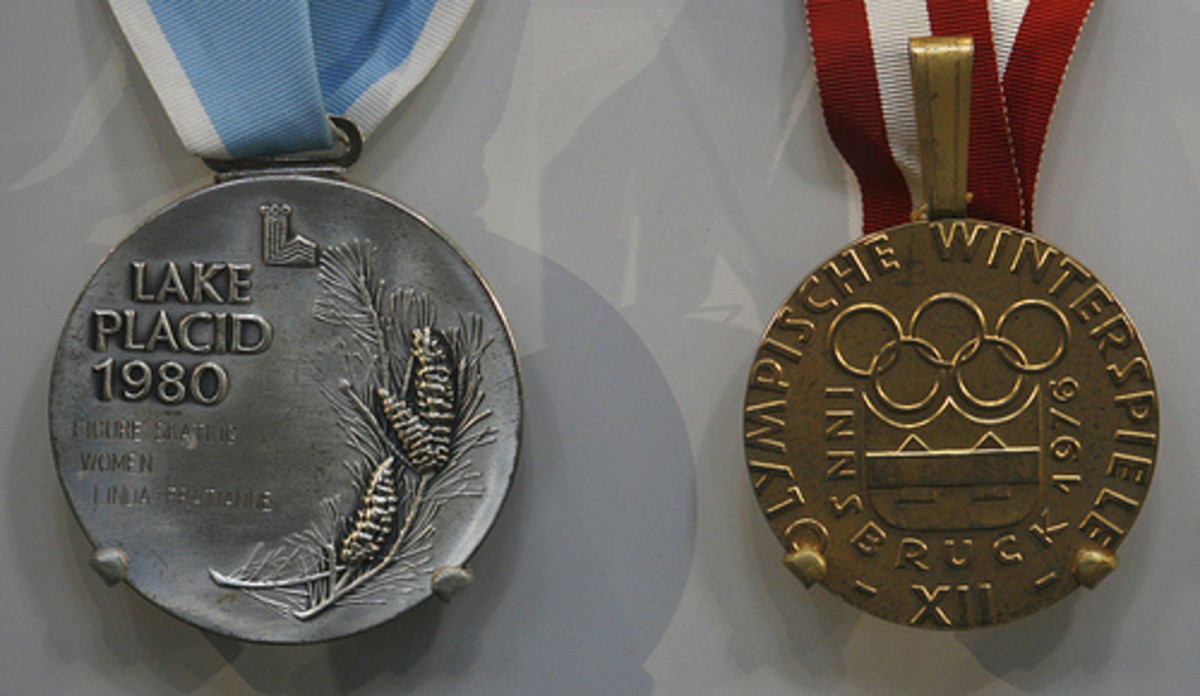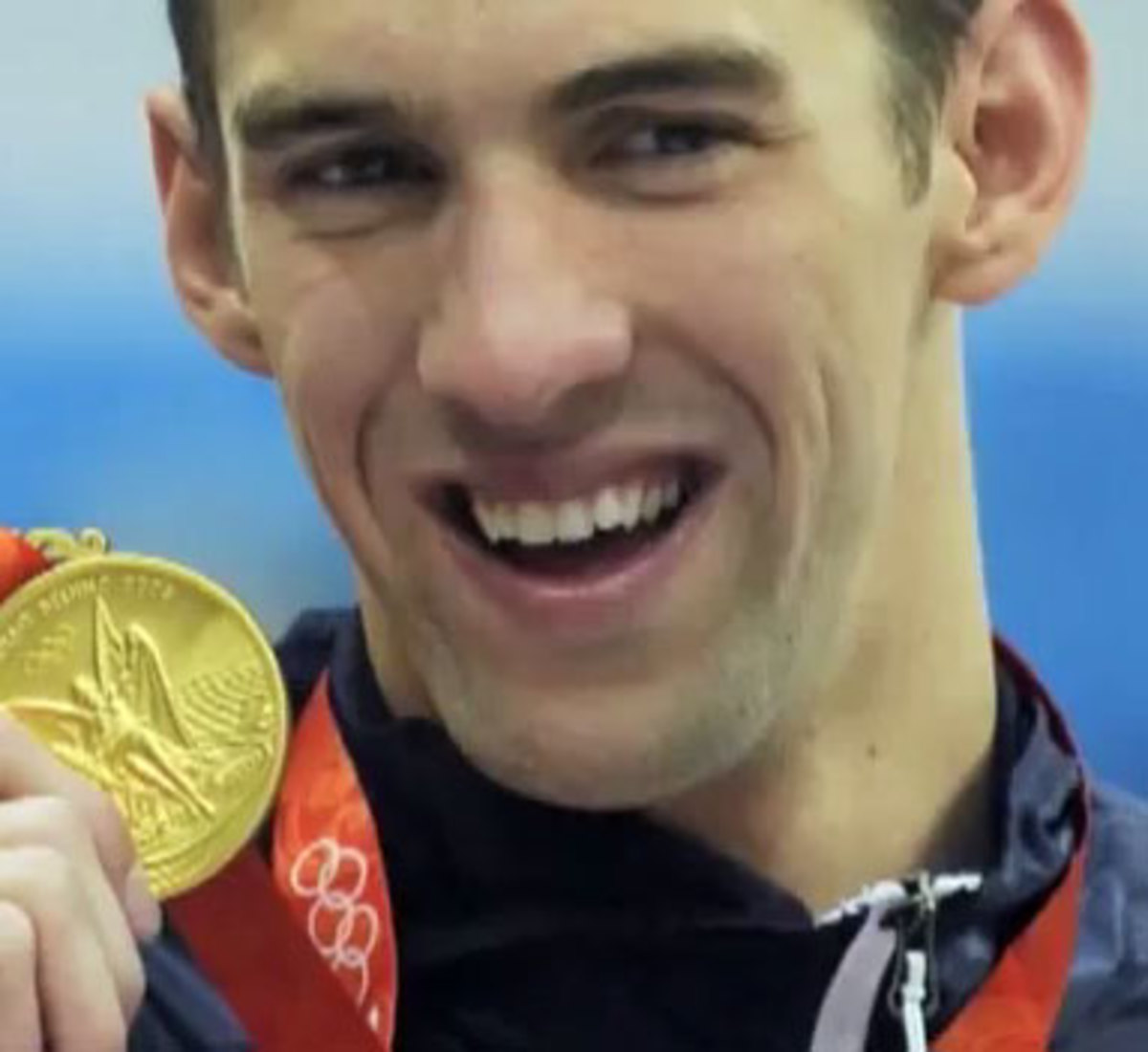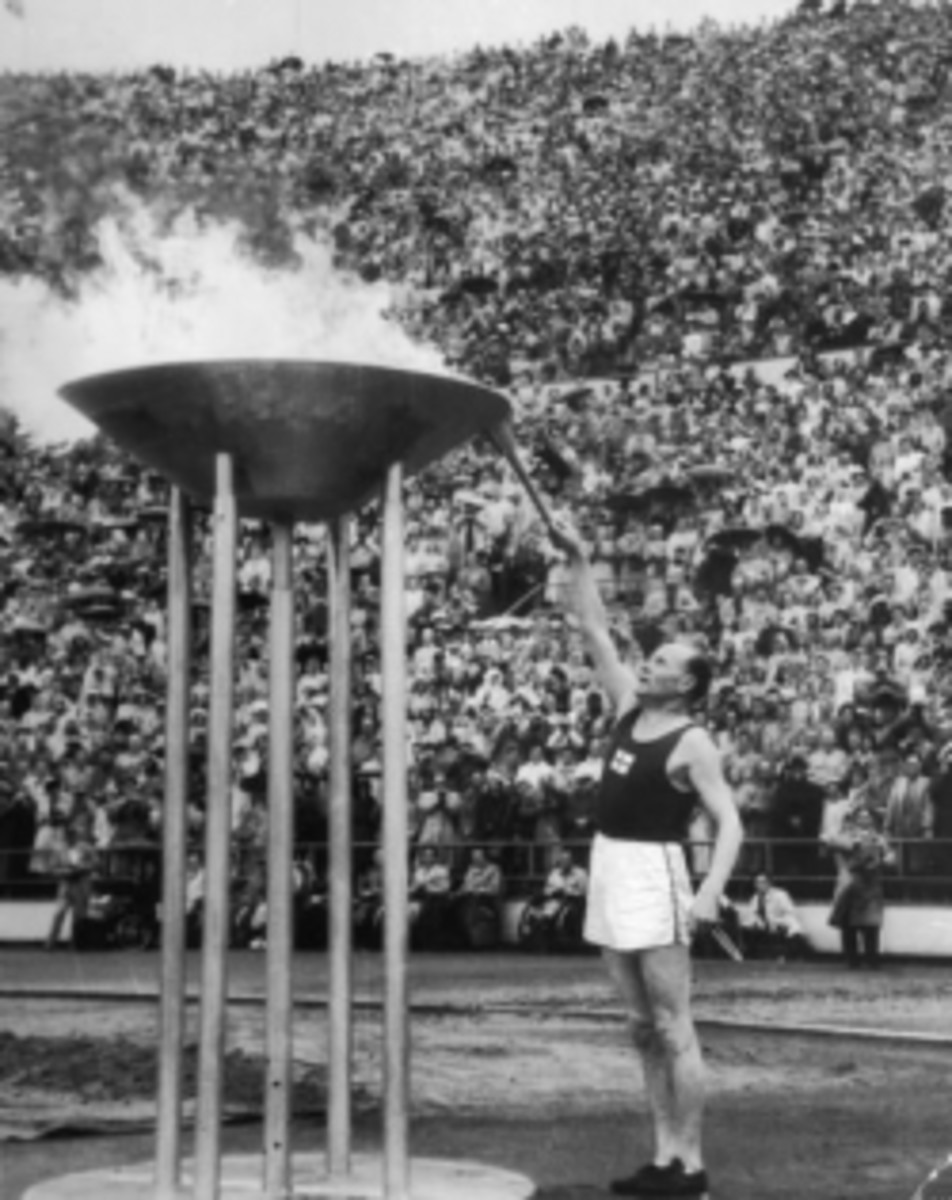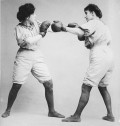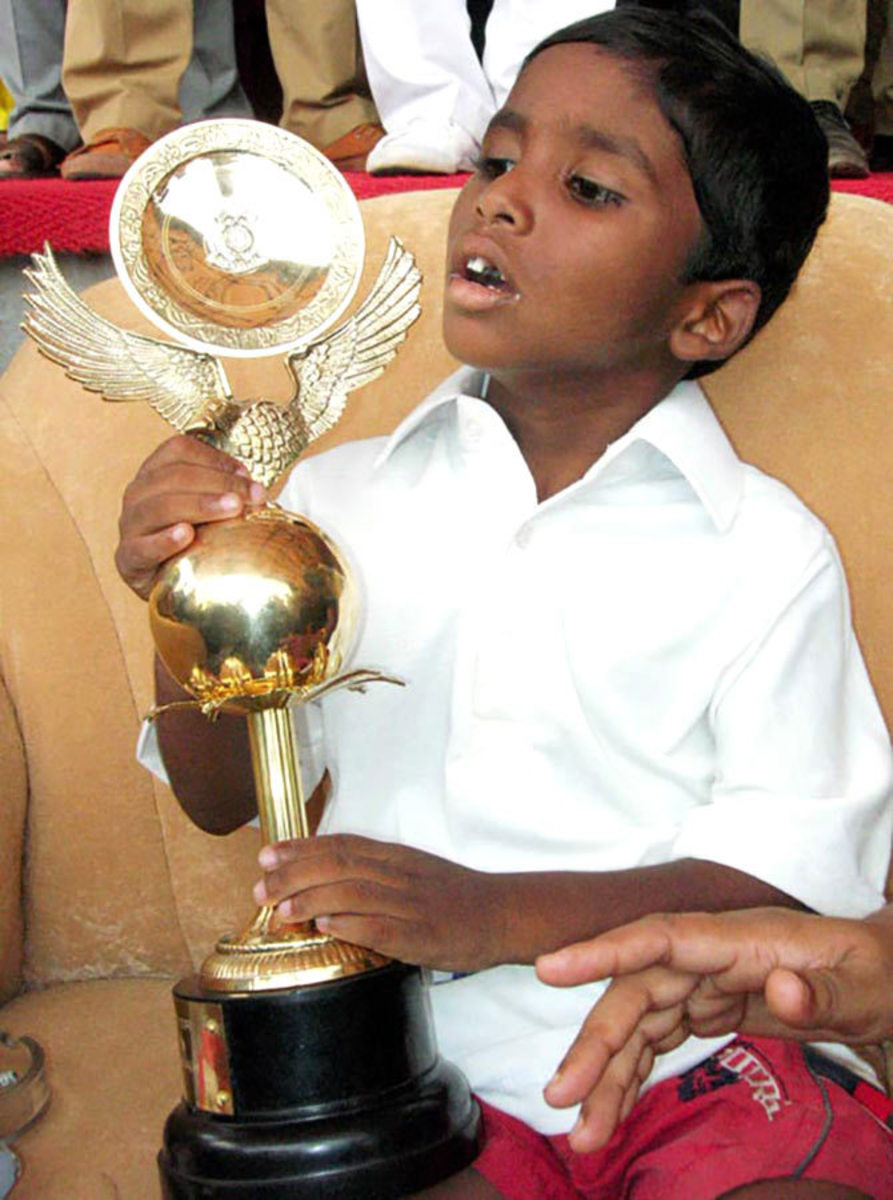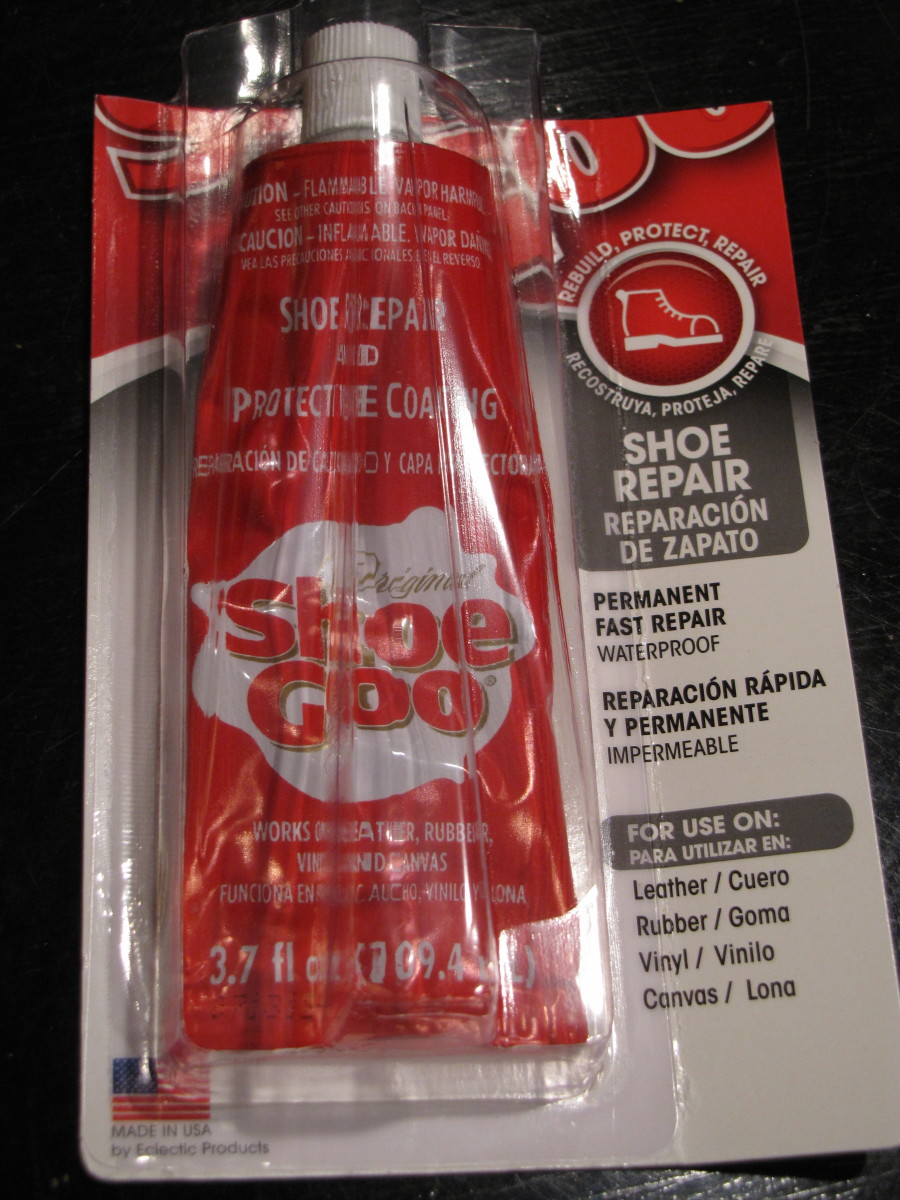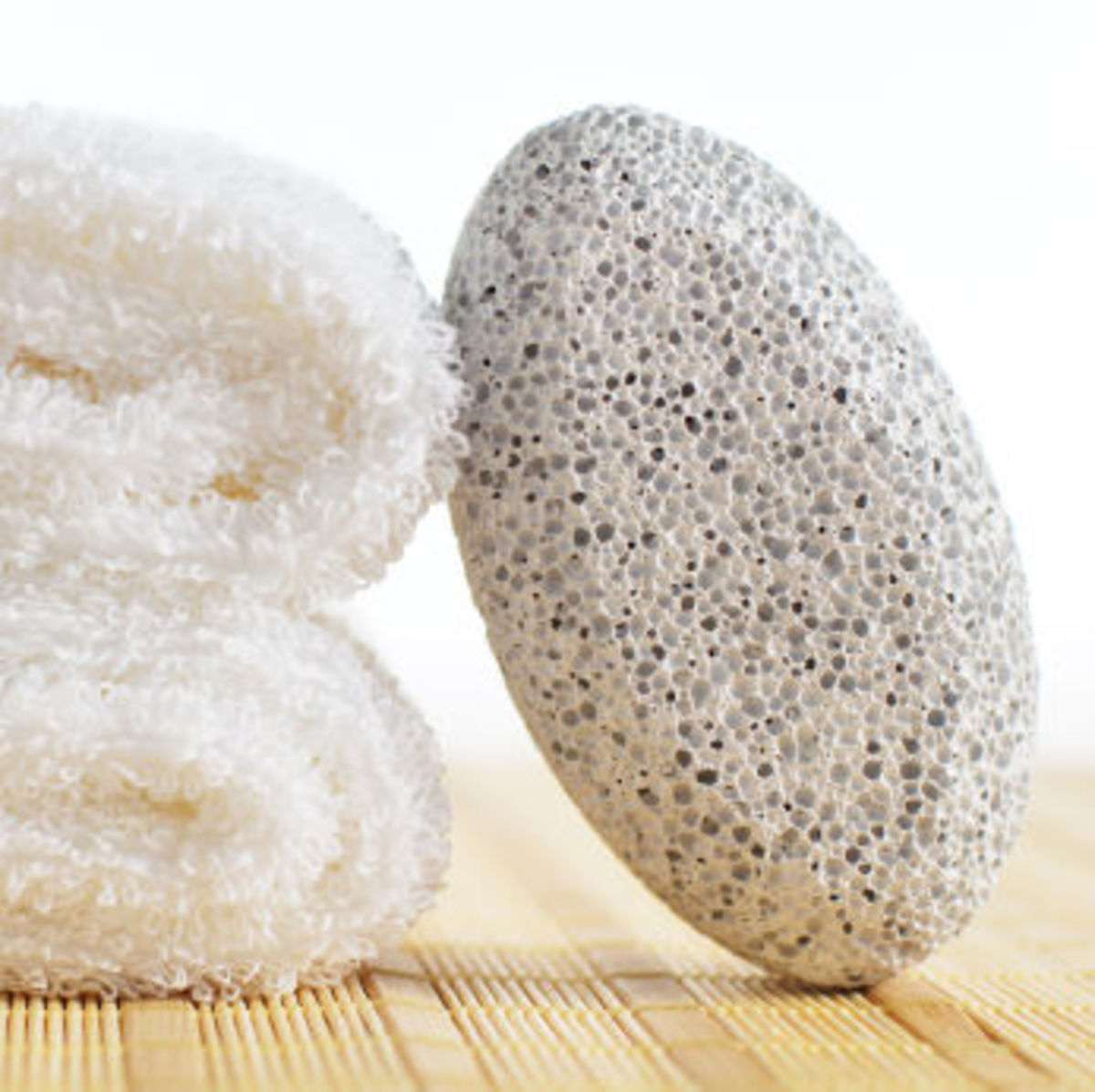Naftali Nabiba Temu: Kenya's First Olympic Gold Medallist
The runner Naftali Nabiba Temu who competed with his older legendary friend, idol, nemesis and fellow countryman Hezekiah Kipchoge Keino, is most significantly renowned for being the first ever Kenyan Olympic gold medalist. During the 1968 Olympic Games that were held in Mexico City, Naftali Temu not only won this gold medal in the 10000 meter run, but was cemented in history as the very first athlete to be crowned with a gold medal at these Olympics. Back home from Mexico, the Kenya athletes were sporting sombreros as they walked from the plane at Nairobi International Airport. A beaming Keino walked with the slender Temu sitting comfortably on his shoulders.
At 5'9" and less than 140 pounds, Naftali Temu was noticeably lean and diminutive. He strode easily and relaxedly. Of the east African Kisii (Gusii) ethnic group, Temu was born in the northern Kisii District of Nyamira in Nyanza Province in southwestern Kenya on April 20, 1945. Temu did not start running competitively until he was in his early teens. But Temu lived in hilly terrain where he herded cattle and often ran long distances as part of fulfilling domestic duties and going to school. With an elementary school education, Temu left school and became a soldier in the Kenya Army.
A milestone in promising Temu's athletics' career came in the East African Championships (originally contested by Uganda, Kenya, and Tanzania). The Championships were held in Kisumu in Kenya in 1964. Temu's gold medal win was in the 10000m, in 28:35.7. During August 1964, 19 year-old Temu, also in Kisumu, won in the six miles in 28:30.4. This confirmed him as second on the world-junior ranking, and also inclusion in the Kenya Olympics' team that would be bound for Tokyo in two months.
It was in 1964 (October 10 - 24) that, for the first time in history, an Asian country Japan hosted the Olympics. These Games held in Tokyo were Temu's first significant opportunity at an international competition. Temu would go on to even represent Kenya at the next two Olympic gatherings along with compatriot Kip Keino. In Tokyo '64, Temu was only 19, promising but young and inexperienced. He was entered for the 10,000 meters and the marathon. In the 10,000 meters' finals, only one runner--Gerry Lindgren (aged 18) of the United States--was younger than Temu. Future world-record holder Lindgren would finish 9th, slowed down by a sprained ankle. Many consider Lindgren the greatest of American high school long-distance runners. Temu was unfortunately one of the nine out of 38 competitors that did not finish the race, on October 14. Nevertheless this final proved to be one of the most exciting in the history of the distance. In a photo-finish, the surprise winner was Billy Mills (future world-record holder) of the United States who edged out legendary Mohammed Gammoudi of Tunisia and gold medal hope Ron Clarke of Australia. Renowned Ethiopian runner Mamo Wolde, without shoes on, finished fourth.
In the marathon, Temu finished 49th in 2-40: 46.6. The marathon was won by legendary Abebe Bikila of Ethiopia in 2-12: 11.2, more than four minutes ahead of the runner-up Basil Heatley of Great Britain. Mamo Wolde, hampered by a leg injury did not finish; but his younger brother Demissie Wolde was 10th, while Ron Clarke was 9th and nearly a minute ahead of Wolde.
A sigh of encouragement would come to Temu, in the following year of 1965, when he became the Kenya national champion at the 6 miles by winning in June in Mombasa
The inaugural All-Africa Games were held in Brazzaville in Congo from July 18-25 in 1965. Temu won the silver medal in the 5000m, beaten by fellow countryman Kip Keino. In these Games, United Arab Republic (the then union between Egypt and Syria) was the overall win, followed by Nigeria, then Kenya coming in third. The Games were considered successful, and highlighted by the rising African athletes on the international scene.
At 1966 British Commonwealth Games held (August 4 - 11) in Kingston in Jamaica, Temu notably won gold in the 6 mile distance (which at is nearly 400 meters less than 10,000 meters), clearly beating runner-up and 10000m world record holder Ron Clarke. Temu's time was 27:14.6, while Clarke's was 27:39. The progression of the race had seen Temu and Clarke break away quickly from the rest of the field in the first stages of the race. At the halfway mark, the two were running at world record-breaking pace. But Clarke's persistence failed to discourage the young Temu. And with four laps left, Temu impressively broke away from Clarke and established a big gap
In the 6 miles, Jim Adler of Scotland was third, finishing in more than a minute behind Temu. Nevertheless, Adler one the marathon in Kingston, and went on to win the silver in the same event in these Games held in Edinburgh in Scotland in 1970. In Kingston, Ron Clarke won another silver medal, this time coming in second to Kipchoge Keino in the 5000m. Clarke also notably won a silver in the 10000m in the Commonwealth Games held in Edinburgh in 1970. As for Temu, his time in the 6 mile-run was an impressive Commonwealth Games record (over a minute shaved off the record) and it still stands following the prevalent metric standardization of the races. Temu's 27:14.6 was also the fourth best time ever, in the world. Also, notably, before the starting of the 6-mile final in Kingston, Ron Clarke's world record in this event was twenty seconds faster than anyone else had ever run and it was more than a minute faster than Temu's best at the distance.
Just two days after the 6 mile win, Temu impressively finished fourth in the 3 miles run (4827 meters) behind Keino, Clarke, and Allan Rushmer (England) respectively
In the 1967 East African Championships, held in Kisumu in Kenya, Naftali Temu won gold in the 10000m in 28:53.6. This was for Temu a major tune-up for the Olympic Games that would be held in the challenging high-altitude and thin-air atmosphere of Mexico City, from October 12 to 27 in the following year. But Kenyan runners were expected to perform relatively well in Mexico City, given that most of them lived in high altitude environments of western Kenya that simulate the conditions of Mexico City. Just months before the Olympics in Mexico City, Temu again won in the 10000m in 28:20 which became his best time (and ultimate historical personal best) in the event at these regional Games. They were held in Dar-es-Salaam in Tanzania in 1968.
In Mexico City, in 1968, Temu had improved and triumphed significantly over the last few years and was hence regarded as a medal hope. In addition to the 10000m in which he had accumulated most victories, Temu was also scheduled to represent Kenya in the 5000m and in the marathon. As for the 10000m then environmental conditions in Mexico City proved to be grueling, and the pace of the finals was noticeably slow. But with its pack of competing legends and promising runners, it proved to be one of the most memorable in the history of the history of long-distance running. Competitor Ron Clarke had astoundingly shattered the 10000m world record in Oslo in a time of 27: 39.4, the previous record 36.2 seconds slower and Clarke the first man to ever run the distance in less than 28 minutes! But yes, Temu had beaten Clarke at the British Commonwealth Games held in 1966. The altitude of Mexico City would likely be a negative factor for Clarke who was born and trained at sea-level.
The 10000m pace was noticeably slow from the beginning! It was host country's Juan Martinez who captured the lead in the 19th lap, inevitably drawing applause in what was the first competition of the Games. With two laps remaining, four fellows familiar with each other became the leading pack: Temu, Clarke, Mamo Wolde, and Mohammed Gammoudi. But in the lap preceding the final one, Mamo Wolde aged 36 (by far the oldest in the pack) raced away with only Temu fiercingly clinging a few strides behind. Temu was able to break away in a final stride, overtaking Wolde at 50 meters before the finish. Kipchoge Keino, who had collapsed from sickness and exhaustion during the same race and was unable to continue, was standing in the tracks and about to embrace and congratulate Kenya's first Olympic gold medalist! Clarke's last two laps were grueling and he collapsed and nearly died at the finishing line where he finished sixth. Clarke's heart was permanently damaged, and an Australian doctor who attended to him at the finishing line was even sobbing as he was emotionally overcome by the medically challenging condition of Ron Clarke. Nevertheless, Clarke later commendably went on to be placed fifth in the finals of the 5000m. As for the 10000 meters, the final tally was Temu (29: 27.40), Wolde (29:27.75), Mohammed Gammoudi (29:34.2), 21 year-old Juan Martinez (29:35.0), Nikolay Sviridov of the Soviet Union (29:43.2), and Ron Clarke (29:44.8). Six finalists, including Keino, did not finish!
A couple of days later saw Naftali contest in the semi-final heats of the 5000m race. He was in the second heat, and he managed to emerge first, followed by rival Ron Clarke. The first five in each of the three heats were placed in the finals. The first heat had witnessed Keino beat second-placed Mohammed Gammoudi, followed by Mamo Wolde. Four days after the historical 10000m win, Temu was therefore placed in the finals off the 5000m run. Temu, along with Kip Keino and Mohammed Gammoudi staged an exciting close and last-lap sprint. Gammoudi emerged triumphant in 14:05.01, in a photo-finish with Keino (14:05.16), and bronze medalist Temu close by in 14:06.4. Juan Martinez of Mexico was fourth in 14:10.8. and Ron Clarke was fifth in 14:12.4.
Only three days later, on October 20, only a week after he had won in the 10000m, Temu was confronted with the marathon! It was held on the final day of track and field competition, beginning at 3pm on a warm (73 degrees F.). As usual, Mexico City lying at an altitude of 7350 feet would prove challenging for the long-distance runners, given that oxygen density in the air decreases with additional elevation. Just like in the other long-distance races, this pace was quite slow and the first stages of the race saw many of the competitors bunched together. Temu did take the lead after three-quarters of the way. But exhaustion from competing and winning medals in two previous long distance runs, must have taken a toll on Temu. Ultimately, Temu slowed down to a pedestrian pace and ended up being 19th in a time of 2:32:36.0. The winner by a wide margin was 36 year-old Ethiopian nemesis Mamo Wolde (2-20:26.4), followed by Kenji Kimihara of Japan (2-23:31.0), and the bronze medalist was Mike Ryan of New Zealand in 2-23:45.0. Of note is that legendary Ethiopian gold medalist in the previous two Olympics, 36 year-old Abebe Bikila, dropped out of the race after foot injuries took a toll on him. Nearly 20 runners did not finish the race.
The Olympics of 1968 would prove to be Temu's climactic moment in his running career. In 1969, at the East and Central African Championships in which Zambia was included alongside Kenya, Uganda, and Tanzania, Temu successfully defended his 10000m title in winning in a time of 28:54.8. This regional meet was held in Kampala, Uganda.
During 1970, the wear and tear on Temu's thin body was evident. His slight build, in spite of his achievements, was vulnerable. He struggled with problems with his feet. In the British Commonwealth Games that were held in Edinburgh in Scotland, Temu emerged a disappointing 19th in the 10000m. Here, veteran nemesis Ron Clarke won the silver medal in 28:13, slightly behind Lachie Stewart of Scotland (28:12), and ahead of bronze medalist Dick Taylor (28:15) of England. Nevertheless, determined Temu still posted both his personal bests in the 5000m (13.36.6) and 10000m (28.21.8) in 1971.
Temu was set to defend his 10000m Olympic win in the Games held in Munich in Germany in 1972. On August 31, Temu disappointed the athletics' world by finishing 12th in heat one in a pedestrian time of 30:19.6. Just the first five in each of the three heats would move on to the finals. The eventual gold medalist was Lasse Viren of Finland in a new world record of 27:38.35, followed by legendary 24-year old Emiel Adrien "Miel" Puttemans of Belgium (27:39.58), and legendary Ethiopian Miruts Yifter in 27:40.96). This time, a historical run had left fading Temu out of the picture! Mohammed Gammoudi of Tunisia was the only finalist that dropped out of the race and therefore did not finish.
At only age 28, Naftali Temu retired from competitive running in 1973. He was allocated farmland (in North Mugirango) in his homeland of Nyamira District, a token of appreciation of his national and international sports achievements, by Kenya President Jomo Kenyatta.
Early in January 2003, Temu was transferred from a hospital in his Kisii town in his native western Kenya region to the more equipped and modern Kenyatta National Hospital in the capital Nairobi. But his prostate cancer and kidney problems had considerably advanced, Temu could not talk or walk. On March 10, only a month a way from his 58th birthday, Naftali Temu died. Many Kenyans feel that the government's neglecting of this national hero led to or hastened his death. His condition had been diagnosed months, earlier, but Temu did not afford the costs of treating or alleviating his condition, that were hundreds of dollars. However, the costs of Temu's medical treatment at Kenyatta Hospital were waived. Soon after his death the Naftali Temu Memorial Race was established in honor of Naftali Temu.
References
Entine, John. Taboo: Why Black Athletes Dominate Sports and Why We're Afraid to Talk About It. New York: PublicAffairs, 2001.
Martin, David E. and Roger W. H. Gynn. The Olympic Marathon. New York: Human Kinetics, 2000.
Page, James A. Black Olympian Medalists. Ann Arbor, MI: University of Michigan, 1991.
Jonathan Musere

